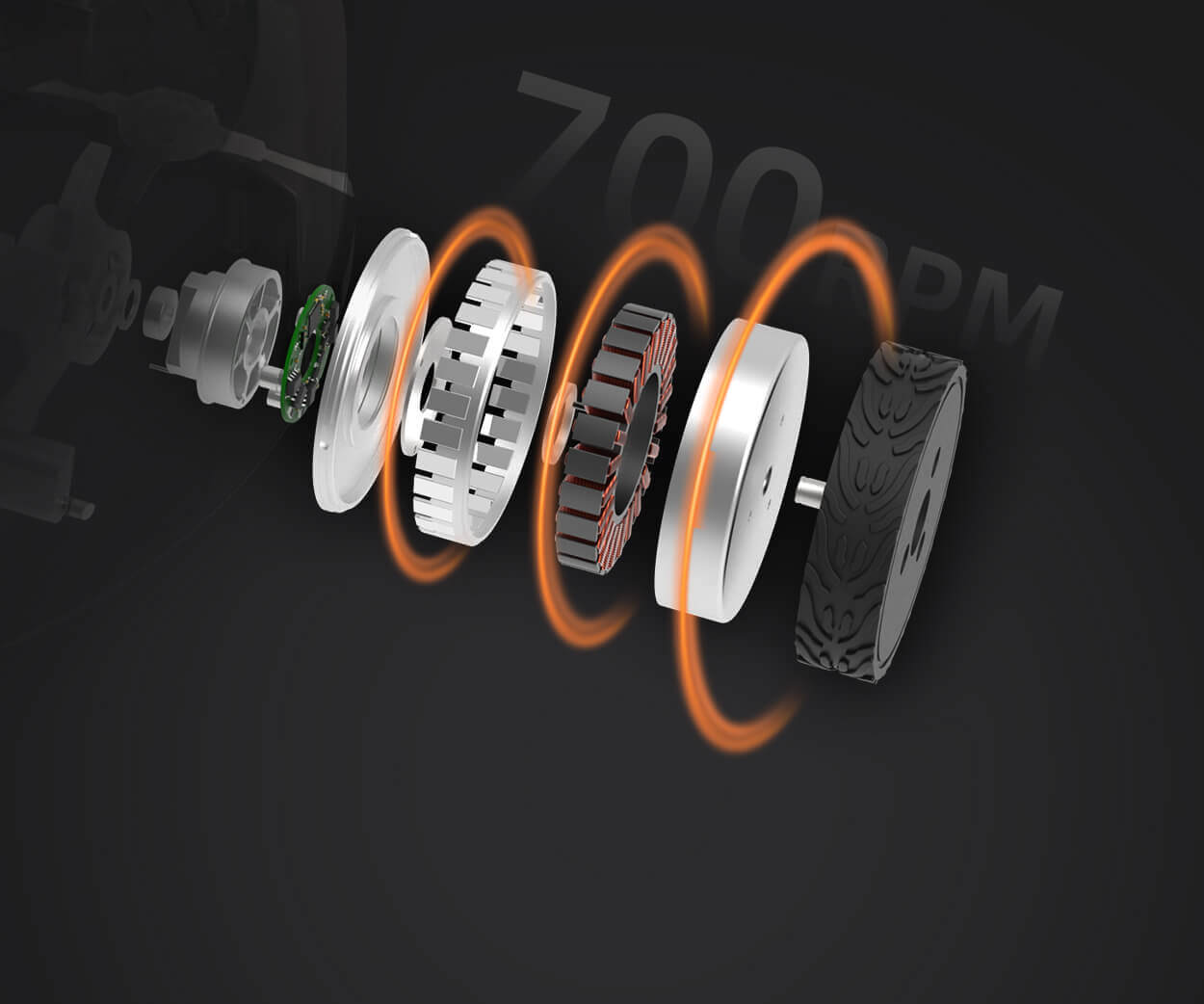In the bustling world of industrial machinery and automation, the quest for reliable, efficient, and adaptable power transmission solutions is relentless. Among the myriad options available, the combination of an AC induction motor with a gearbox stands out as a cornerstone technology that underpins countless applications across manufacturing, transportation, and even consumer products. This pairing is more than just a mechanical assembly; it's an elegant synergy that balances raw power, durability, and precise control, enabling machinery to perform with remarkable finesse.

At its core, the AC induction motor—also known as a squirrel cage motor—is celebrated for its robustness and straightforward design. Since its development in the late 19th century, it has become the workhorse of industrial drives. These motors operate on alternating current, harnessing electromagnetic induction to produce rotational motion without the need for brushes or slip rings, which minimizes maintenance and enhances longevity.
But raw power alone isn't always enough. Many applications require the motor's high-speed rotation to be adjusted, slowed down, or directed with more finesse. That's where the gearbox enters the scene, acting as a crucial interface that modifies the motor's rapid rotation into useful, controlled motion at a different torque and speed level. Think of the gearbox as the savvy translator, adjusting the motor’s high-speed dance into a steady, powerful stride suitable for the task at hand.
The integration of an AC induction motor with a gearbox unlocks a multitude of advantages:
Enhanced Torque and Power Delivery While the motor operates at high speeds for efficiency and simplicity, many industrial processes—lifting heavy loads, driving conveyor belts, operating mixers—require high torque at lower speeds. Gearboxes exponentially increase torque output without demanding larger or more expensive motors. This means machinery can handle heavier loads with less energy consumption, leading to cost savings and increased operational resilience.
Speed Adjustability and Control With gearboxes, the rotational speed can be finely tuned to match the process specifications. Whether it’s slowing down a conveyor for precise item placement or increasing torque for challenging loads, the gear ratio provides a level of control that keeps processes running smoothly and efficiently. In some cases, gearboxes are coupled with variable frequency drives (VFDs) that dynamically adjust motor speed, creating seamless control environments.
Durability and Reliability Both AC induction motors and gearboxes are built for durability. Induction motors, in particular, are known for their rugged construction, ability to withstand harsh environments, and minimal maintenance needs. Gearboxes, designed with high-quality gear sets and lubrication systems, can operate reliably in demanding industrial settings, lasting for years with proper care.
Compactness and Space Efficiency By combining a high-performance motor with a thoughtfully designed gearbox, engineers can create compact drive solutions that save space without sacrificing power. This is especially valuable in applications where space constraints limit the footprint of machinery or where multiple functions are integrated into a single system.
Energy Efficiency Compared to other motor-gearbox combinations, AC induction motors paired with gearboxes tend to operate efficiently. Their ability to deliver high torque at low speeds with minimal energy waste makes them an environmentally friendly choice and a cost-effective solution over the long term.
In real-world applications, these motor and gearbox systems are everywhere—from heavy-duty mining machinery, where they rotate drill heads and conveyor systems, to modern robotics and manufacturing lines that demand precise, repeatable motion. In the automotive sector, electric vehicle drives often use similar principles, although with different motor types. Meanwhile, in agriculture, they operate in grain elevators, irrigation systems, and feed mills, silently and reliably performing their roles.
Design considerations play a crucial part in selecting the right AC induction motor with a gearbox. Engineers must account for the application's load characteristics, duty cycle, environmental conditions, and maintenance requirements. For heavy industrial use, gearboxes with hardened gears and robust casings are favored to withstand shock loads and continuous operation. For lighter tasks, more compact and lightweight solutions are preferable.
The synergy of an AC induction motor and gearbox isn't just about performance; it embodies a philosophy of engineering that emphasizes balance—maximizing power while minimizing wear, extending lifespan, and simplifying control. As industrial demands continue to evolve toward smarter, more integrated systems, innovations in motor and gearbox design are enabling machines to become more adaptable and efficient than ever before.
But as versatile as these systems are, they also mean careful planning. Proper sizing, lubrication, maintenance, and sometimes integrating electronic controls are essential to harness their full potential. When done right, the result is a seamless, reliable drive system capable of transforming raw power into precise, controlled motion across countless industries.
Stay tuned for part two, where we'll delve deeper into technological innovations, emerging trends, and specific case studies that showcase the remarkable capabilities of AC induction motors paired with gearboxes. We’ll also explore future prospects and how this classic duo continues to evolve, pushing the boundaries of what machinery can achieve.
Kpower has delivered professional drive system solutions to over 500 enterprise clients globally with products covering various fields such as Smart Home Systems, Automatic Electronics, Robotics, Precision Agriculture, Drones, and Industrial Automation.




































